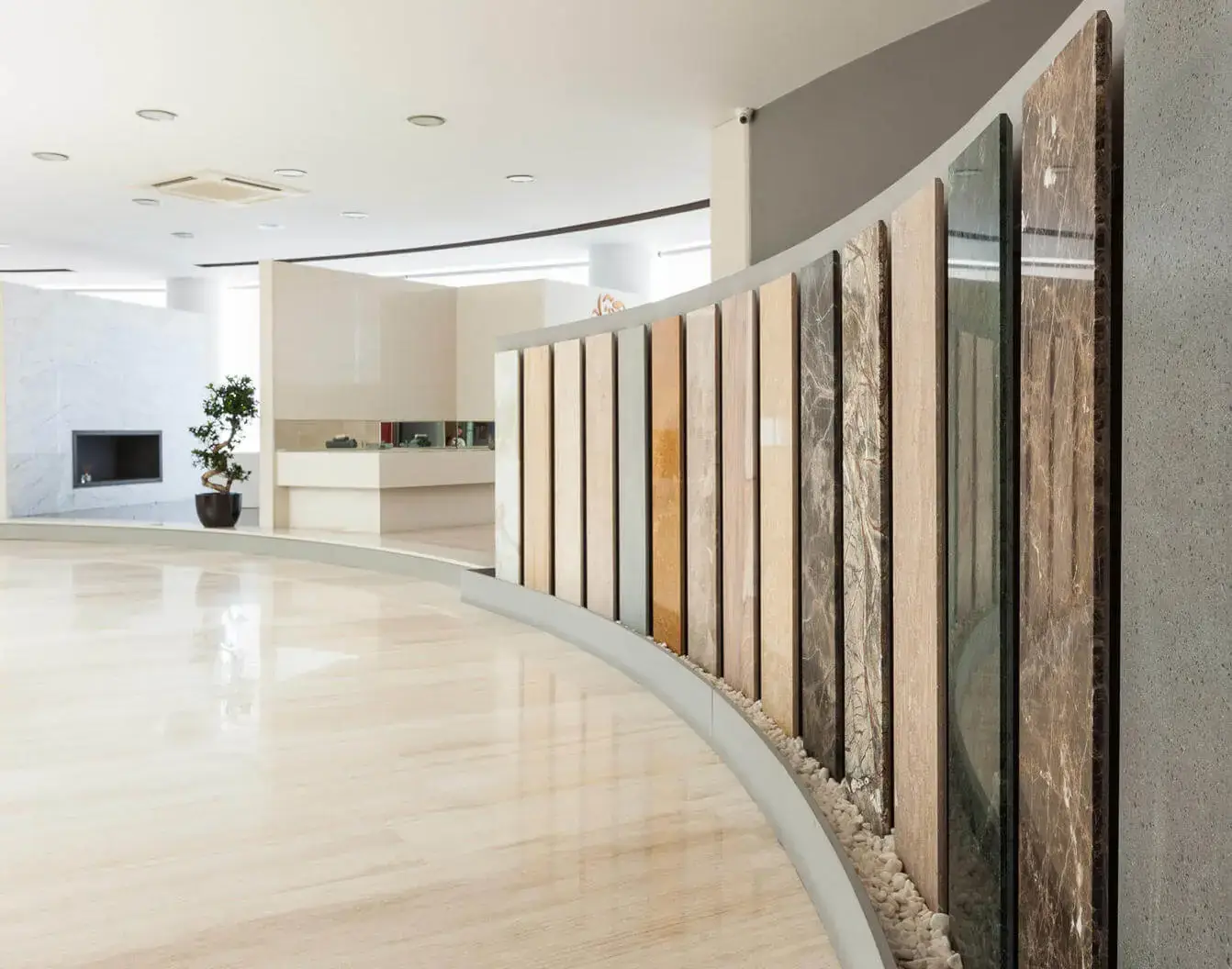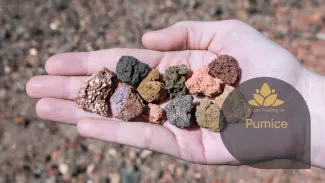Pumice is divided into two general categories, industrial pumice and mineral pumice.
What is mineral pumice?
Mineral pumice is light grains resulting from volcanic activities. The main advantage of mineral pumice compared to similar building materials such as sand is its very low specific weight and high degree of hardness. The color of this mineral is white or whitish gray or yellow. Mineral pumice has different granulations from dust particles to large pieces with a diameter of more than 100 mm.
Each of the above sizes are used for specific purposes. The history of using mineral pumice is that Roman engineers used this mineral in ancient buildings in the year 1969 AD. Currently, in addition to domestic consumption in Iran, it is also exported to Persian Gulf countries, United Arab Emirates, Saudi Arabia, etc.







